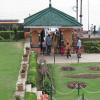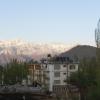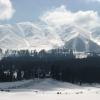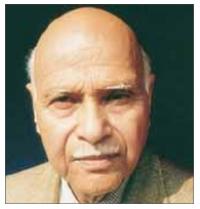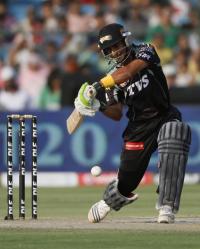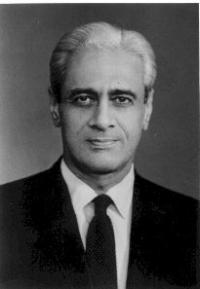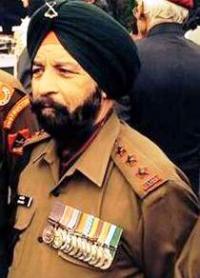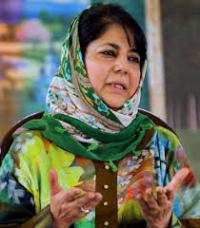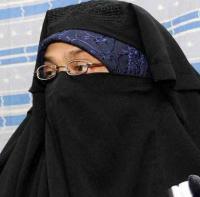Jammu and Kashmir is an Indian state that is located in the northernmost part of India. The winter capital of Jammu and Kashmir is Jammu and the summer capital of Jammu and Kashmir is Srinagar. The state comprises of three regions namely Jammu, Kashmir Valley and Ladakh. Jammu is popular for its shrines.
History of Jammu and Kashmir
In the year 1925, King Hari Singh came to power in Kashmir. When India was granted freedom, the princely states were given the rights to join either Pakistan or India. Kashmir was attacked by Pakistani tribes on 20th October 1947 and so the king Hari Singh sought the help of India. He signed an agreement to join Indian Union. After the Instrument of Accession was accepted, Indian soldiers entered Kashmir to expel the rivals.
After the elections of 1952, the constituent assembly of Jammu and Kashmir voted in favor of staying with India. This led to three wars with Pakistan namely Indo-Pakistani War of 1965, Indo-Pakistan War of 1971 and Kargil War in 1999. Still the tensions in the border continue.
Geography and Climate of Jammu and Kashmir
Jammu and Kashmir has Himachal Pradesh and Punjab in the south, China in the north and east and Pakistan in the west and northwest. The state spreads over an area of 222,236 square kilometers. There are many valleys here namely Kashmir Valley, Tawi Valley, Chenab Valley, Poonch Valley, Sindh Valley and Lidder Valley. Most of the areas of higher elevation are covered by rock and ice.
Some of the rivers that flow through Jammu and Kashmir are Jhelum River, Indus River, Tawi River, Ravi River and Chenab River. There are many glaciers here and the longest one is Siachen Glacier.
Jammu city is very hot in summer and the temperature reaches as much as 40 degree Celsius. The average annual rainfall of Jammu and Kashmir is 1011 mm. Ladakh and Zanskar regions are dry and cold and receive very less rainfall. The temperature goes down as much as -20 degree Celsius and the rivers freeze during that time. But summers are warm with an average temperature of 20 degree Celsius.
Jammu and Kashmir State Map With Districts
There are three divisions in Jammu and Kashmir namely Jammu, Kashmir Valley and Ladakh and they are further divided into 22 districts for administrative purposes as of June 2012. Given below is the Madhya Pradesh state map with all 22 districts marked.

Districts of Jammu and Kashmir
|
|
|
People and Culture of Jammu and Kashmir
The population of Jammu and Kashmir as per the census of 2011 is 12,548,926 with a density of 56 people per square kilometer. The official languages of the state are Urdu, Kashmiri and Dogri. Other languages spoken here are Pahari, Balti, Ladakhi, Gojri, Shina and Pashto. Hindi or English is used as the second language. About 67% people of the total population of the state are Muslims. Buddhists, Hindus and Sikhs are also there in sizeable numbers. The Brahmins here are called Kashmiri Pandits.
Indo Tibetan culture prevails in Ladakh Valley. Their cuisine contains noodle soup, tsampa, thukpa and Ngampe and other Tibetan food. The Shikaras are the small wooden boats used to cross the rivers. Only people of Jammu and Kashmir can purchase lands here. People of other parts of India are prohibited. The traditional green tea named Kawa is drunk all along the day in winter season. Dogra culture prevails in Jammu. The second largest ethnic group living here is Gujjars and they are noted for their semi-nomadic life.
Education in Jammu and Kashmir
Jammu and Kashmir has its own state board started in 1970 and the education pattern here is 10+2+3/4. There are many public and private schools that impart education to the children. The schools are affiliated either to the Jammu and Kashmir State Board of School Education or the Central Board of Secondary Education.
Some of the popular educational institutions in Jammu and Kashmir are Government College of Engineering and Technology at Jammu, Government Medical College of Jammu, University of Jammu, University of Kashmir, Islamic University of Science and Technology, Baba Ghulam Shah Badhshah University, Government Degree College Kathua and Sher-e-Kashmir University of Agricultural Sciences and Technology of Jammu.
Economy of Jammu and Kashmir

The economy of Jammu and Kashmir is primarily based on agriculture and related activities such as fisheries and sericulture. Kashmir is famous for its willow, saffron, apples and fruits. Some of the important agricultural products are barley, cherries, rice, peaches, pears, vegetables, oranges, etc. Kashmir shawls and rugs are popular all over the world.
High grade sapphire is available in Doda district. The state receives high amount of grants from the Central Government of India for its development. The GSDP was 11,860 million rupees in 1980. With the efforts of the government it grew to 147,500 million rupees in 2000.
Jammu and Kashmir Transportation
Jammu and Kashmir State Road Transport Corporation is running buses in the state. It is also runs interstate buses to all the neighboring states like Punjab, Himachal Pradesh, Haryana, Rajasthan and Delhi. NH 1 A connects Srinagar with Jammu. Kashmir Railway Project was constructed by Konkan Railway Corporation and Bilaspur – Mandi – Leh Railway and Jammu – Poonch Railway are under construction. There are two important airports here at Jammu and at Srinagar. Jet Airways operates regular flights between Delhi and Srinagar.
Jammu and Kashmir Tourism
Tourism is one of the main sources of economy of Jammu and Kashmir. But still the industry is suffering a lot due to tensions in the border. The shrines of Vaishno Devi and Amarnath pull thousands of Hindu pilgrims every year. The highest green golf course is located in Gulmarg. This is also a popular ski resort in India. More than 7.36 lakh tourists including 23,000 foreigners visited Kashmir in the year 2010. The state is often referred to as the heaven on earth and some of the important tourist destinations are
1. Kashmir
2. Srinagar
3. Mughal Gardens
4. Gulmarg
5. Pahalgam
6. Jammu
7. Ladakh






